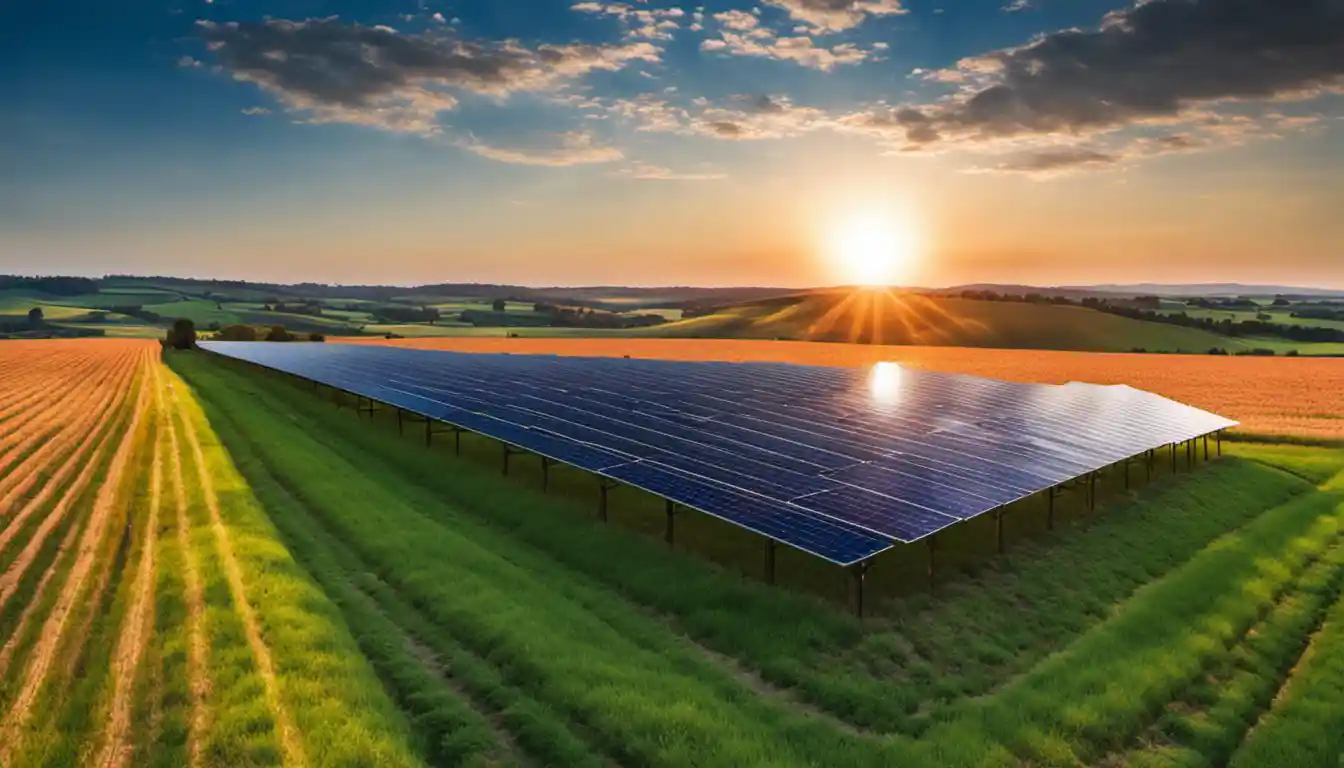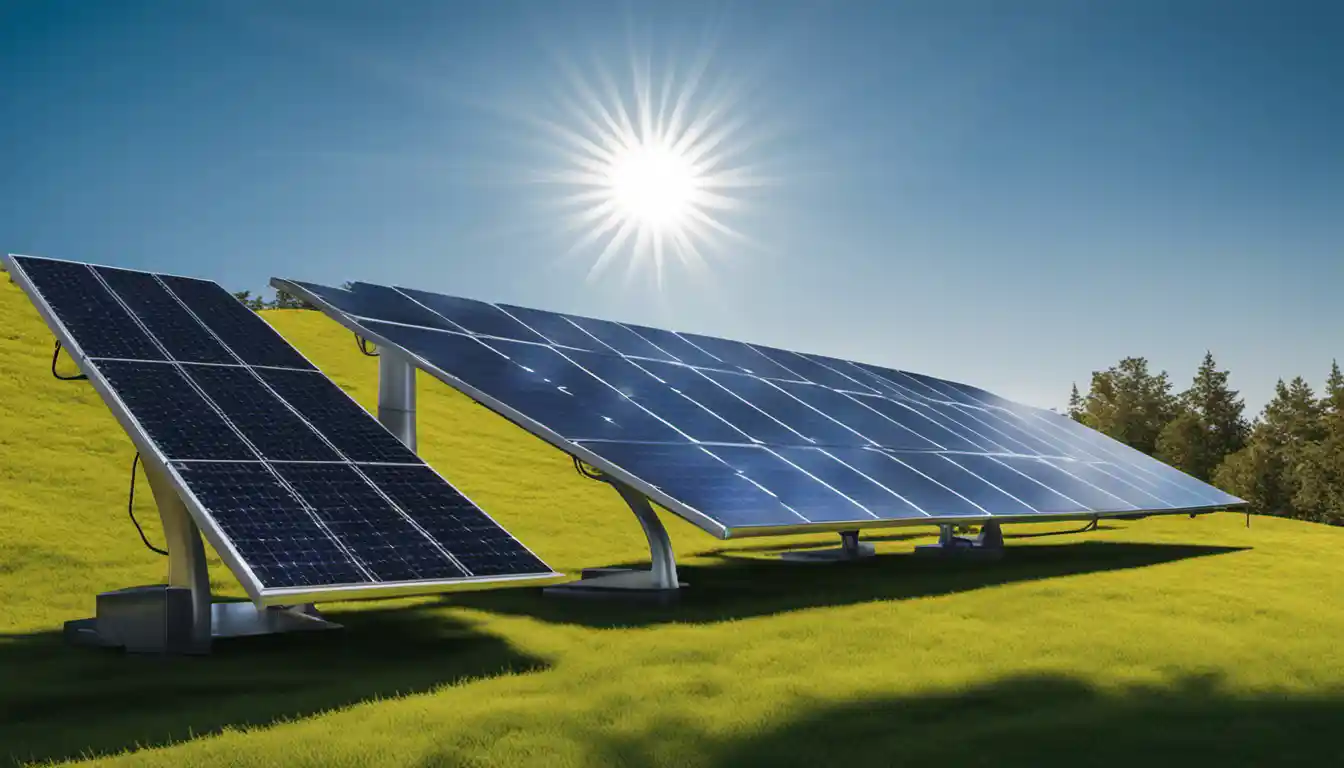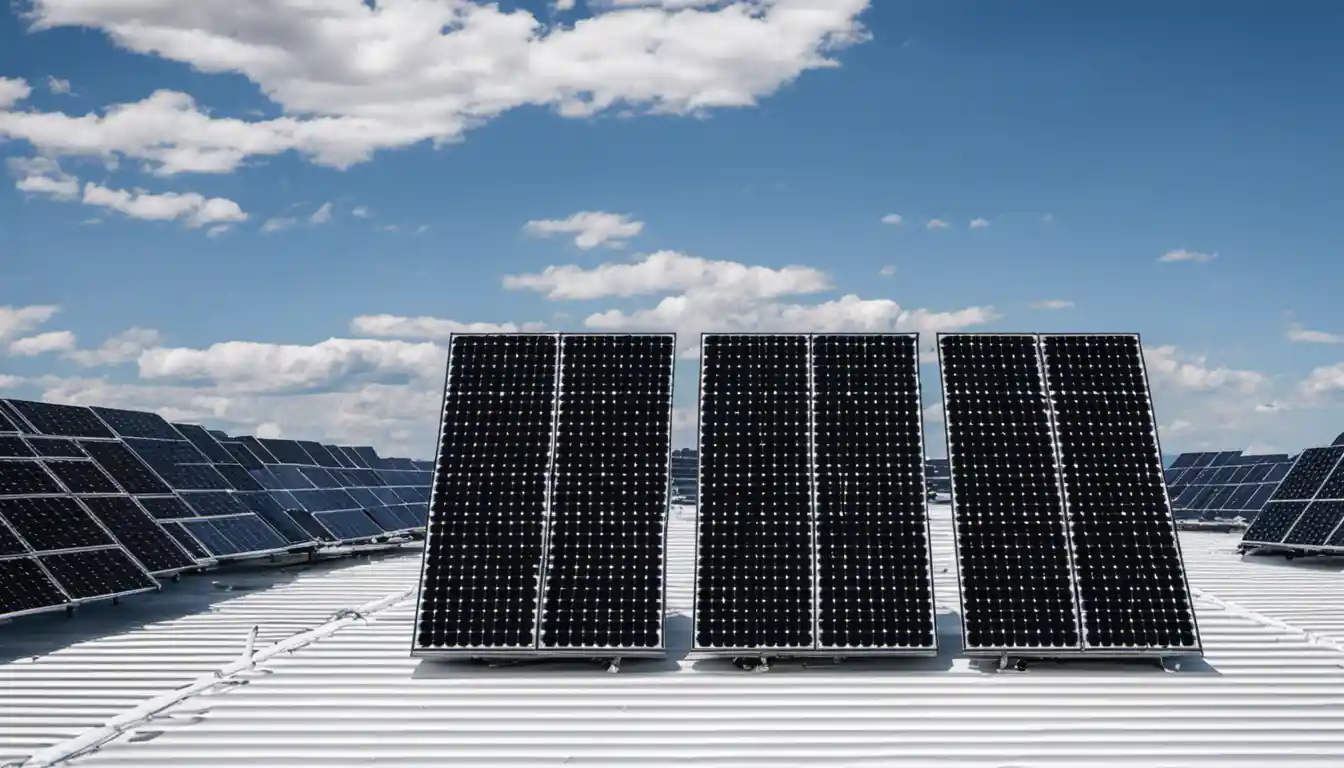The Importance of Solar Charge Controllers and Why They are Needed
Yes, you can connect a solar panel directly to a battery. However, to prevent the battery from overcharging or damage, it is advisable to use a charge controller in between the solar panel and battery. This device regulates the voltage and current coming from the solar panels going to the battery.
Understanding a Solar Charge Controller’s Role and Functionality
A solar charge controller, simply put, acts as the gatekeeper between a solar panel and the battery. Energy that flows from the solar panel is harnessed and regulated by this device. It ensures that the right amount of current and voltage is passed on to the battery, preventing potential damages from overcharging or reverse currents.
Different Types of Solar Charge Controllers
There are essentially three major types of solar charge controllers; simple 1 or 2-stage controllers, Pulse Width Modulation (PWM) controllers, and Maximum Power Point Tracking (MPPT) controllers.
Simple 1 or 2-Stage Controller
This entry-level controller is often used in small solar power systems. Its regulation scheme disconnects the solar panel at a predetermined high voltage to prevent overcharging. However, this might not fully utilize the potential of the solar panel when sun exposure reaches its peak.
MPPT Solar Charge Controller
Short for Maximum Power Point Tracking, MPPT charge controllers control the input power for the highest voltage available from the solar panel. This technology improves the performance of your solar energy system by about 20% compared to other controllers.
PWM Solar Charge Controller

Pulse Width Modulation (PWM) charge controllers throttle the power output of a solar panel to maximize battery life and minimize system cost. These controllers are ideal for smaller systems up to 400W.
Blocking Reverse Currents: A Primary Function of Solar Charge Controllers
Reverse currents occur when the sun goes down, and the solar panel stops producing power. This can cause a small amount of electricity to flow back from the battery to the panel, draining the battery. Charge controllers block this reverse current to protect your battery.
Overcharge Protection: A Preventive Measure Provided by Solar Charge Controllers
By regulating the voltage and current that the battery receives, the charge controller effectively prevents the battery from overcharging and subsequently prolonging battery life.
Step-by-Step Process: How To Connect a Solar Panel to a Battery
Let me take you through a straightforward process on how to connect a solar panel to a battery the right way.
Step 1: Utilizing Fuses To Connect Terminals
This is done to add a safety measure to the system. Connect the positive terminal to a fuse, and from the fuse to the charge controller. The negative terminal is directly connected to the charge controller.
Step 2: Establishing Connection Between Charge Controller, Battery, and Solar Panel
Using the correct cables, connect the charge controller to the battery. After which, you can connect the solar panel to the controller.
Step 3: Properly Positioning the Solar Array

You’ll want to position your solar panel where it can get the most sunlight. In the northern hemisphere, this would generally be a south-facing position.
Insights on Various Setups in Connecting Solar Panels to Batteries
The process I’ve just outlined gives an overview of how to approach this in a generic sense, but there are various setups depending on the type of battery, solar panel, and specific energy needs.
Connecting Solar Panel to Dual Battery: A Closer Look
If you need to connect a solar panel to a dual battery system, the process remains essentially the same with the consideration of connecting both batteries first before routing to the controller.
Diving Into the Process of Connecting Solar Panel to Deep Cycle Battery
Deep cycle batteries are popularly used with solar panels. The good news? Connecting a solar panel to a deep cycle battery follows the same steps.
Solar Energy Variables: Understanding Solar Panels and Batteries
Here’s where you need to play scientist a bit. To optimize your solar energy system, you need to understand a few technical concepts and do a little math.
Finding the Right Solar Panels: A Guide for Battery Charging

You must calculate the power needs of your battery to find the right solar panels. A characteristic to look out for is power output measured in Watts.
How Long Does it Take to Charge a Battery with a Solar Panel?
This largely depends on the size of the solar panel, the power of the sun, and the size of the battery.
Exploring the Potential and Limits of a 100 Watt Solar Panel,
For this setup, you’d be able to charge a 50Ah battery with about 5 hours of sunlight.
Risks and Cautions: Situations When Solar Panel and Battery Direct Connection May Not Be Advisable
While it is technically possible to connect a solar panel directly to the battery, it’s not advisable. Here are some reasons why:
Highlighting Reasons Why Direct Solar Panel to Battery Connection Should Not Be Practiced
Direct connection doesn’t offer protection against overcharging or reverse currents, which can substantially shorten your battery’s lifespan.
Offering Alternatives and Safer Methods to Direct Connections
The preferred method is using a charge controller. It’s the safest and most efficient method of charging a battery from a solar panel.
In conclusion, while the question of “can I connect a solar panel directly to battery” has a technically positive answer, it’s not the best solution for long-term sustainability and efficiency. Instead, it’s recommended to use a solar charge controller. This might seem daunting at first, but with the right information and a bit of courage to go green, it’s an effort that’s well worth it.



